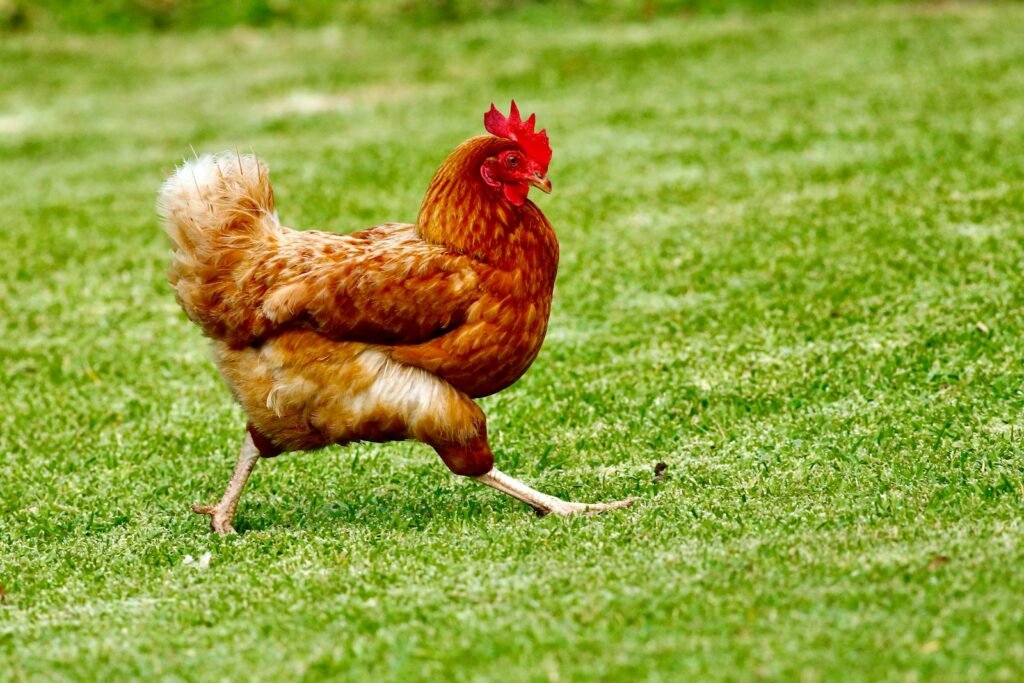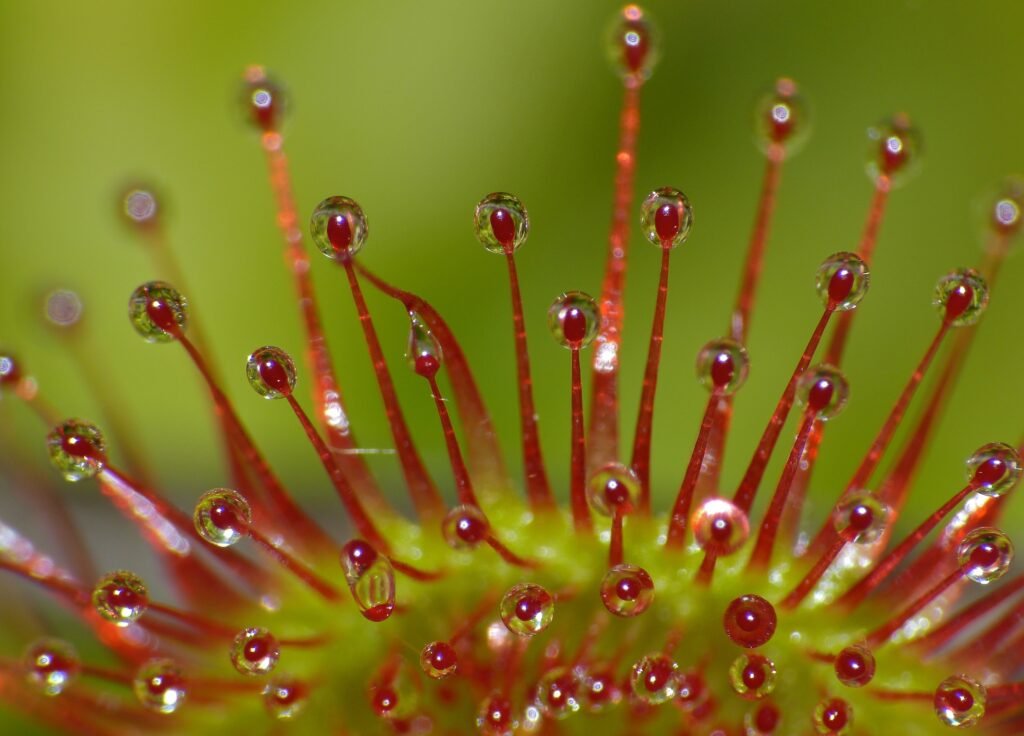Imagine a wild riverbank at dawn: mist rising, water trickling, and a sleek otter balancing a stone on its chest like a prized treasure. Suddenly, the otter smashes a clam open with a few expert taps—nature’s little engineer at work. Otters aren’t just cute faces and playful swimmers. Beneath their whiskered grins lies a surprising world of intelligence, innovation, and even tool use that rivals some of the cleverest creatures on earth. On this World Otter Day, let’s go beyond the surface and dive into the extraordinary minds and behaviors of otters—creatures whose smarts and skills are just beginning to astonish scientists, nature lovers, and anyone with a sense of wonder.
The Spark of Otter Intelligence
Otters have always seemed a bit magical, but recent research has put a spotlight on just how clever they are. These animals don’t just react to their surroundings; they solve problems, learn from experience, and sometimes even teach each other. Watching an otter figure out how to crack open a stubborn shell or navigate a maze of rocks is like observing a tiny, furry scientist at work. Their intelligence is not just for show—it helps them thrive in unpredictable environments and adapt to new challenges, making them survivors in a rapidly changing world.
Cracking the Code: Otters and Tool Use
One of the most thrilling discoveries in animal behavior is that otters use tools. Sea otters, in particular, are famous for floating on their backs and smashing hard-shelled prey with rocks. But river otters and even some Asian small-clawed otters have been observed using objects to help them forage. This tool use isn’t just random; it takes skill, memory, and sometimes even a bit of creativity. Watching an otter select the perfect stone, tuck it under its armpit, and use it again and again is like seeing the birth of tradition.
The Science Behind Otter Problem-Solving
When scientists set up puzzles—like boxes with hidden treats or jars with tricky lids—otters rise to the challenge. They prod, twist, and even team up to get a reward. These experiments show that otters can plan ahead, learn from mistakes, and even pass along successful techniques to family members. Their brains are wired not just for instinct, but for learning and adapting, much like those of primates and dolphins.
Social Learning: Otters as Teachers
Otters don’t just figure things out alone; they’re excellent at learning from each other. Young otters often watch their elders smash shells or catch fish, picking up skills through imitation. Sometimes, mothers even guide pups’ paws, showing them how to handle tools or food. This passing of knowledge from one generation to the next is a clear sign of social learning—a trait once thought rare in the animal kingdom.
Memory and Innovation in Otter Life
Otters remember. Whether it’s the best spot for finding clams or the perfect stone hidden in the riverbank, they recall useful details and use them to their advantage. Some otters have even been seen inventing new ways to solve old problems, like using twigs to pry open containers or using their bodies as leverage for tricky tasks. This knack for innovation sets them apart from most other mammals.
The Playful Genius: How Play Fuels Otter Intelligence
If you’ve ever seen otters sliding down muddy banks or juggling pebbles, you’ve witnessed their love for play. But play isn’t just fun for otters—it’s serious brainwork. Through play, otters practice hunting, tool use, and social skills. Play also helps them experiment with new ideas, test boundaries, and develop the flexibility they need to survive. It’s like a living laboratory where curiosity is the main ingredient.
Communication: Otters’ Secret Language
Communication among otters is surprisingly sophisticated. They use whistles, chirps, and even body language to coordinate hunts, warn each other of danger, or simply express excitement. Some scientists believe that their complex social structure and constant chattering may be linked to their intelligence—much like language helps humans share ideas and learn faster.
Otter Intelligence Compared to Other Animals
When it comes to smarts, otters are in elite company. Their problem-solving skills rank alongside animals like crows, elephants, and some primates. Unlike many creatures, otters combine physical dexterity with sharp wits, making them adaptable and successful in diverse habitats. Their tool use, especially, is a rare trait that puts them on the short list of nature’s inventors.
Tool Traditions Across Otter Species
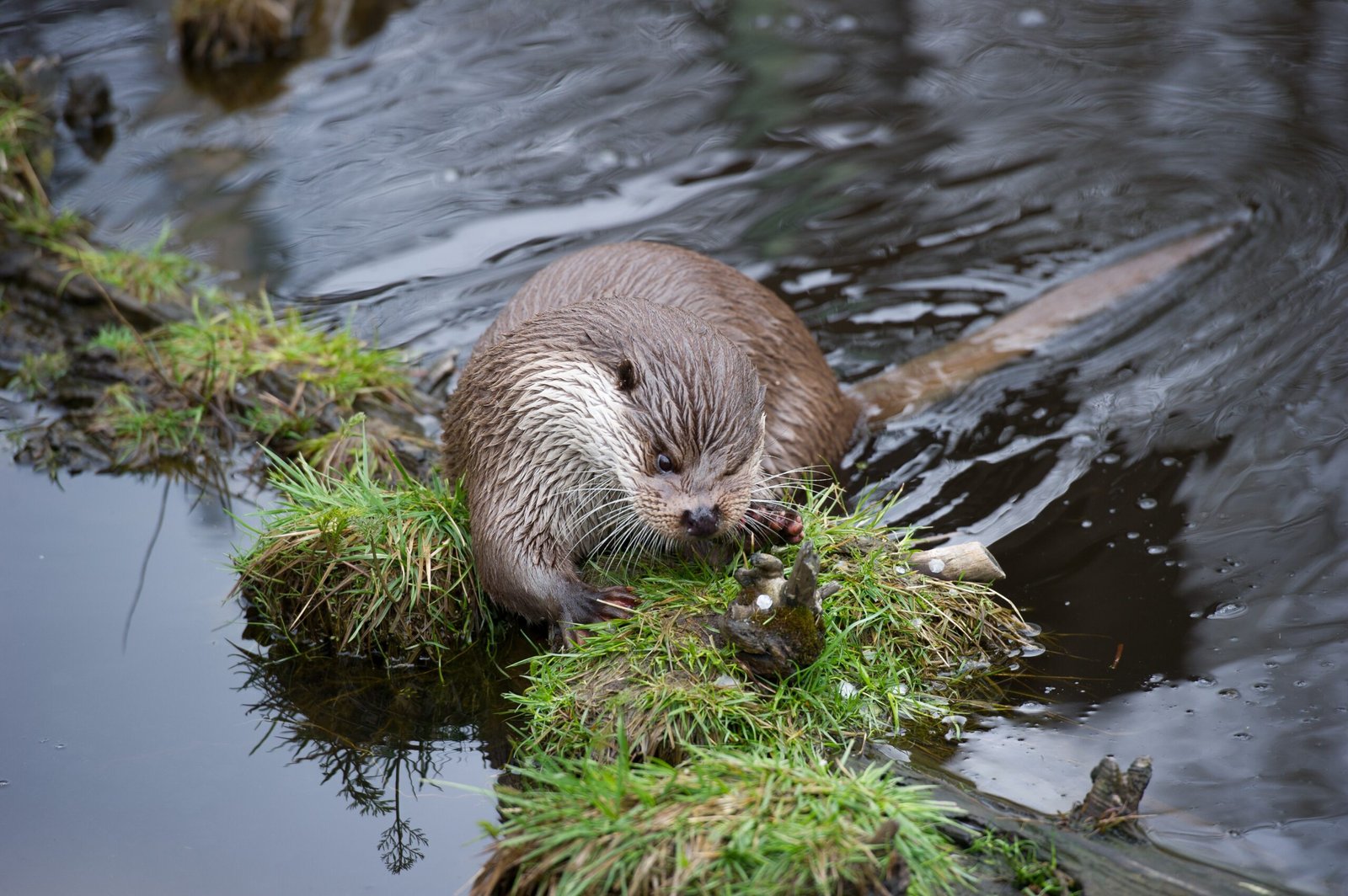
Not all otters use tools the same way. Sea otters are the champions, often carrying a favorite stone for years, while river otters are less likely to use tools but can learn quickly if given the chance. In some regions, groups of otters have developed unique traditions—like certain ways to open shellfish—that are passed down through generations. These traditions offer a fascinating glimpse into otter culture and community.
The Role of Environment in Otter Intelligence
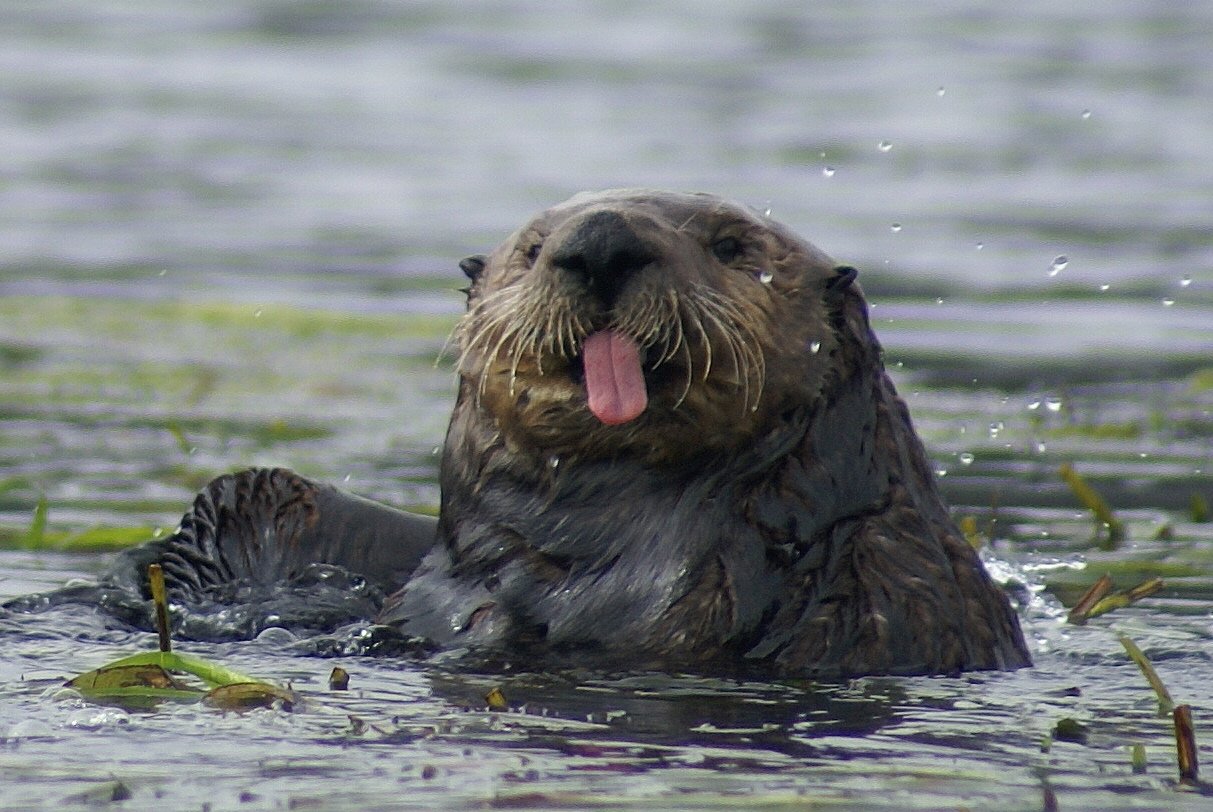
Where otters live shapes how smart they need to be. In rocky coastal waters, sea otters have adapted to use tools to access hard-to-get food. In muddy rivers or dense wetlands, other otters rely more on memory and stealth. The challenges of each environment push otters to think creatively and develop new strategies, fueling their evolution as intelligent animals.
Otter Puzzles: Scientific Studies in Action
Researchers often set up “otter puzzles” to test their intelligence—think locked boxes, floating tubes, or hidden treats. The results are always surprising. Otters not only solve these puzzles, but often do so in novel ways, sometimes inventing shortcuts or even ignoring the rules of the experiment. These studies show just how flexible and inventive otter minds can be.
Cultural Transmission: Otter Traditions and Learning
Some otter populations have developed what scientists call “cultural transmission”—unique behaviors that are learned socially and passed down. For example, certain groups might prefer a specific kind of tool or a special hunting technique. These traditions aren’t genetic; they’re learned, and they can even change over time, showing a cultural richness that mirrors human societies in miniature.
Otter Toolkits: Stones, Shells, and Ingenuity
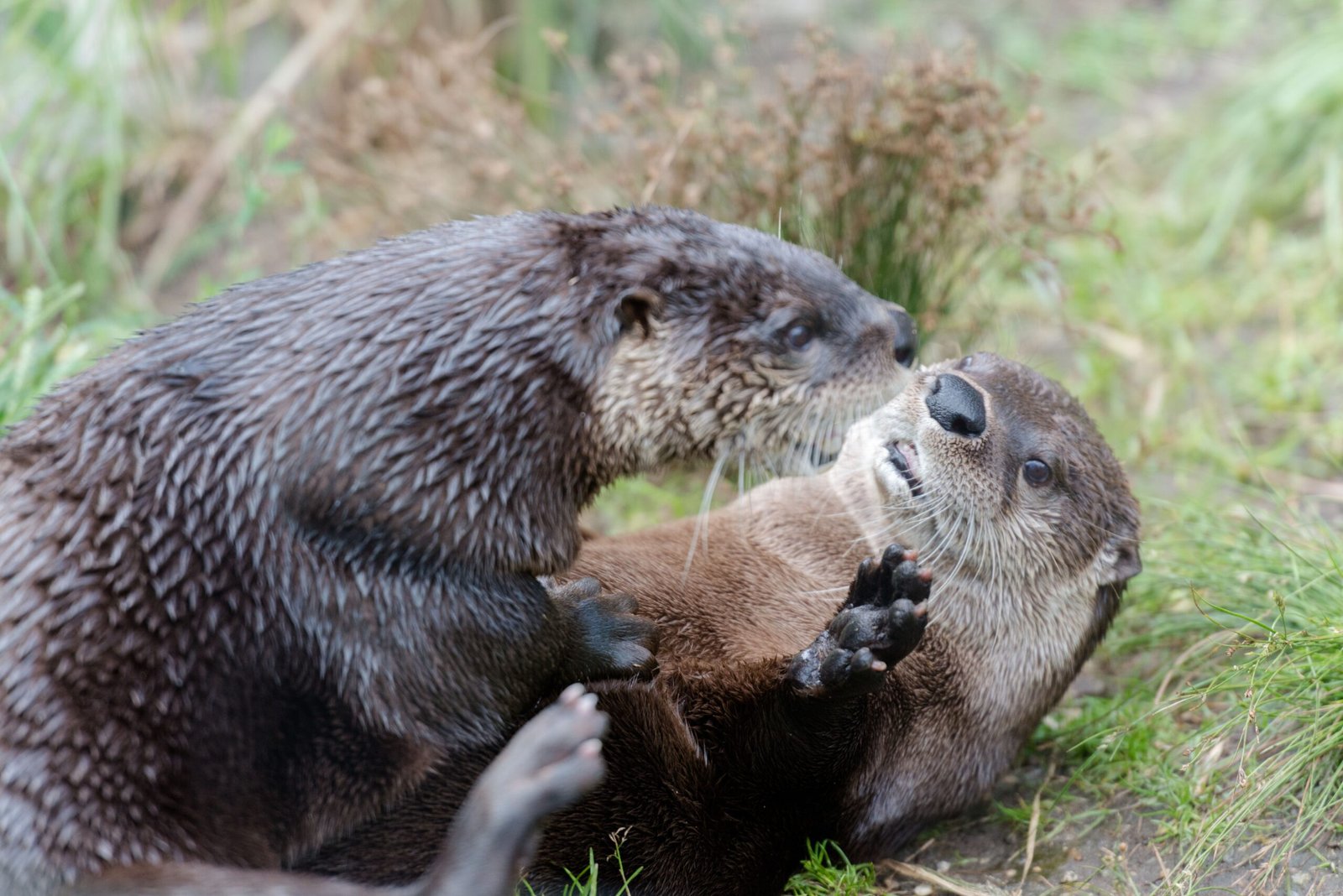
Walk along a beach where sea otters live, and you might find a “toolkit”—a collection of favorite stones and broken shells. Some otters choose stones of just the right size and shape for cracking open the toughest prey. This selectiveness shows not just intelligence, but a sense of preference and even individuality, as if each otter has its own style.
Problem-Solving Under Pressure
Otters face constant dangers—from predators to pollution to disappearing food sources. Their ability to think on their feet, adapt to new threats, and even invent solutions is vital for survival. In the wild, being clever isn’t just a bonus—it’s a lifeline. When food is scarce or conditions change, the quick-thinking otter often comes out on top.
Otter Playgrounds: Learning Through Exploration
Natural environments are like giant classrooms for otters. Young pups learn by exploring, climbing, and manipulating objects around them. This hands-on learning helps them develop the skills they’ll need as adults. Scientists have even noticed that the more diverse and challenging an otter’s home, the more inventive and intelligent the otters tend to be.
Emotional Intelligence: Otters and Empathy
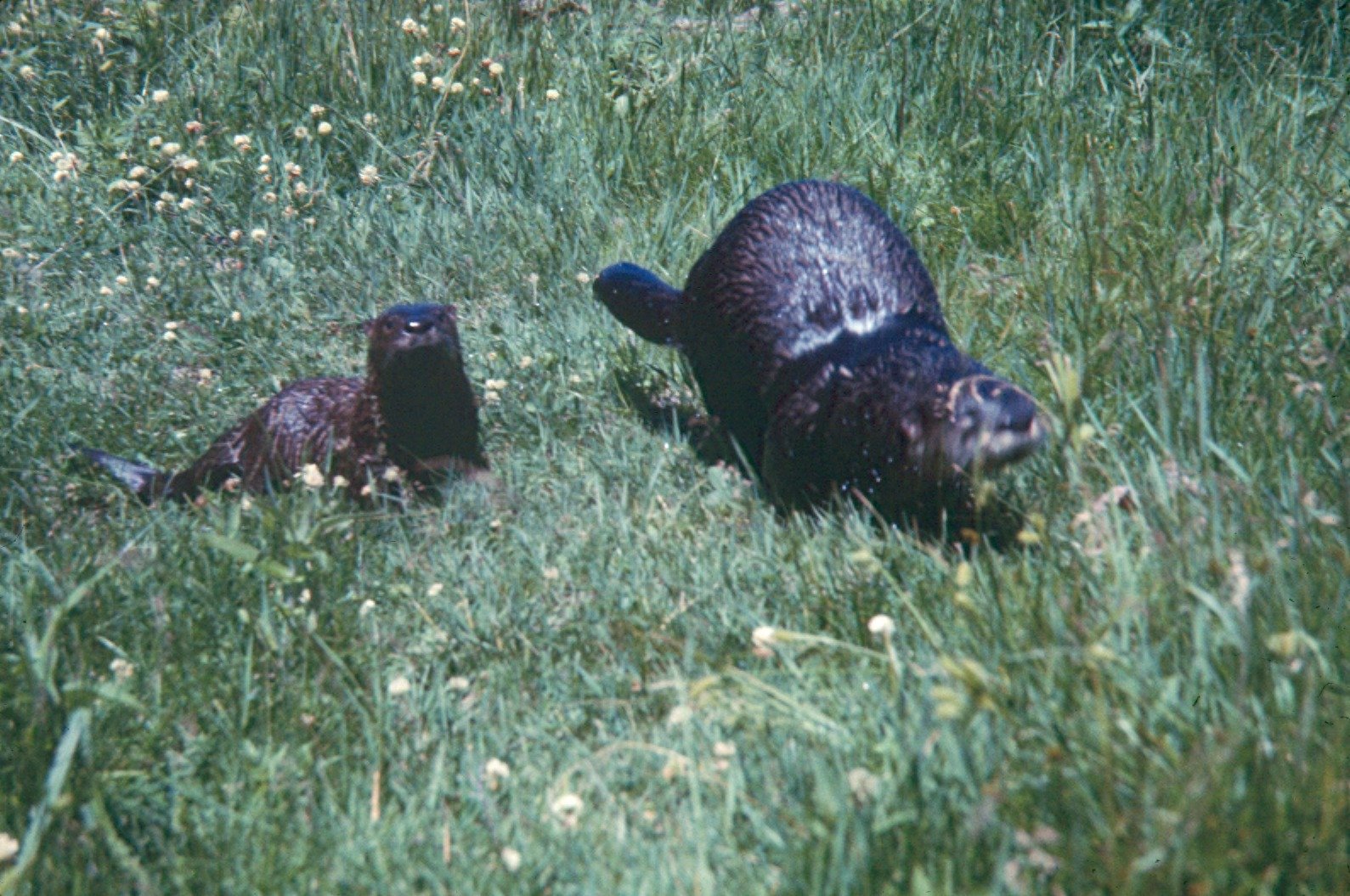
Otters aren’t just brainy—they’re emotionally aware. They comfort distressed family members, share food, and even seem to mourn loss. Some researchers believe this emotional intelligence is linked to their problem-solving skills. Being able to read the moods of others and respond appropriately is a powerful tool in any social animal’s toolkit.
Otters in Captivity: Lessons from Zoos and Aquariums
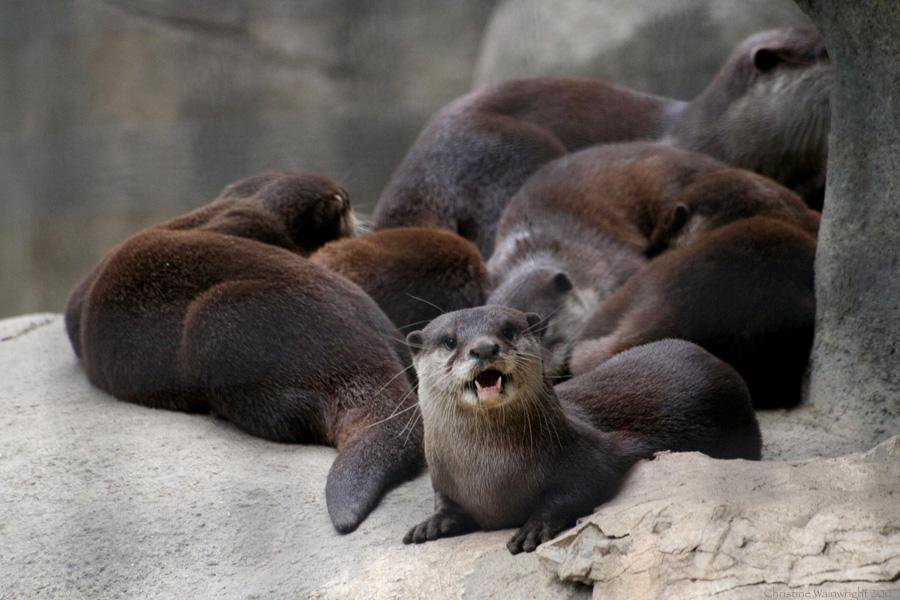
In zoos and aquariums, otters often surprise keepers with their intelligence. They quickly learn how to open latches, use objects to get food, and even “train” their keepers! To keep them mentally stimulated, caregivers create elaborate enrichment activities—puzzles, tunnels, and floating toys that challenge otters to think, play, and invent new solutions every day.
Otters as Conservation Ambassadors
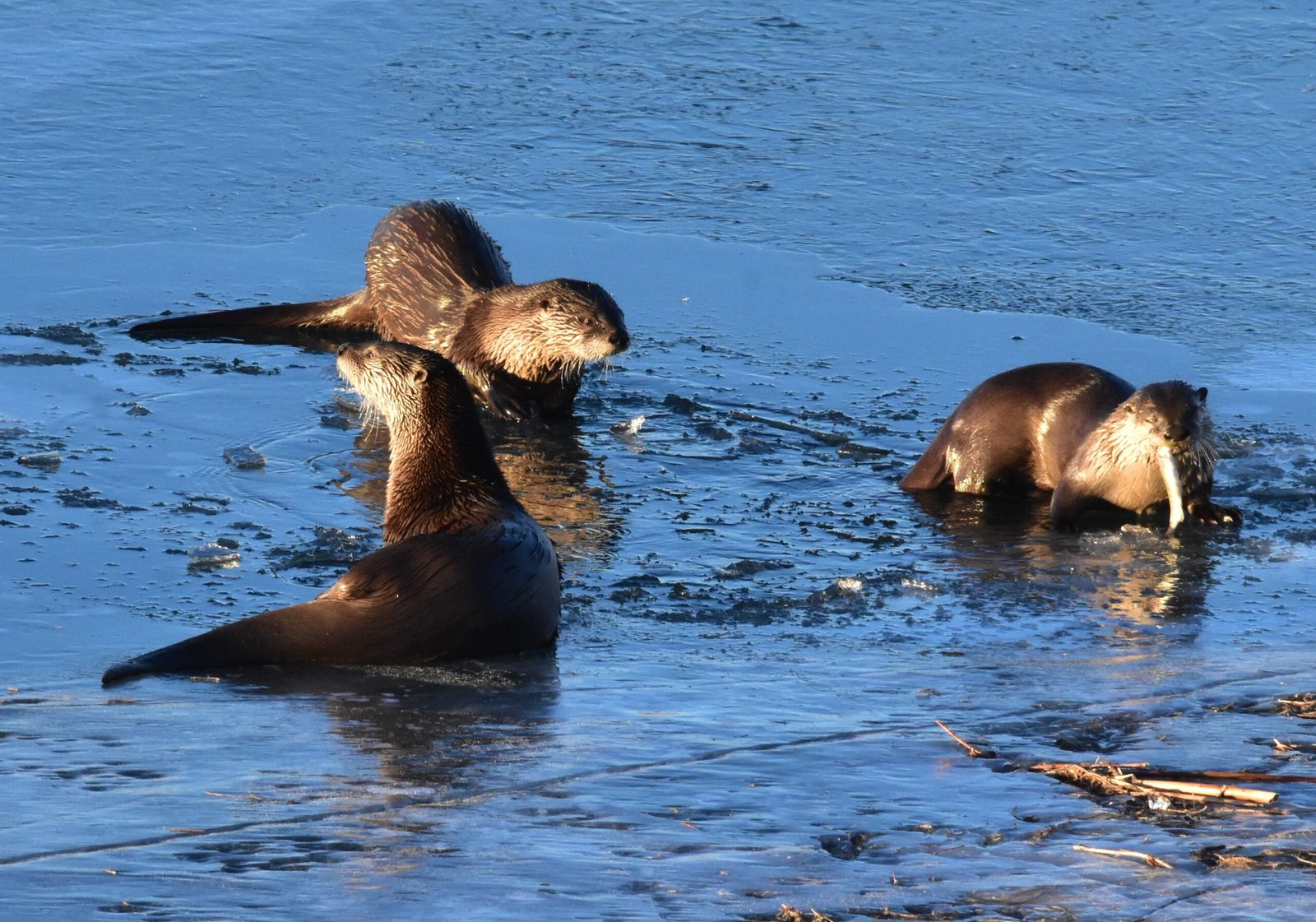
Because they’re so engaging and smart, otters have become powerful ambassadors for conservation. Their playful antics draw people in, but their intelligence and vulnerability remind us how much is at stake. Protecting otters means preserving entire ecosystems, from clean rivers to healthy oceans, ensuring that these remarkable animals can keep surprising us for generations to come.
The Future of Otter Intelligence Research
With new technologies—like underwater cameras and brain imaging—scientists are just beginning to unlock the secrets of otter intelligence. Each year brings fresh discoveries, from new tool-using behaviors to signs of even deeper problem-solving abilities. The more we learn, the more we realize how much otters can teach us about adaptation, creativity, and the power of curiosity.
What Otters Reveal About Animal Minds
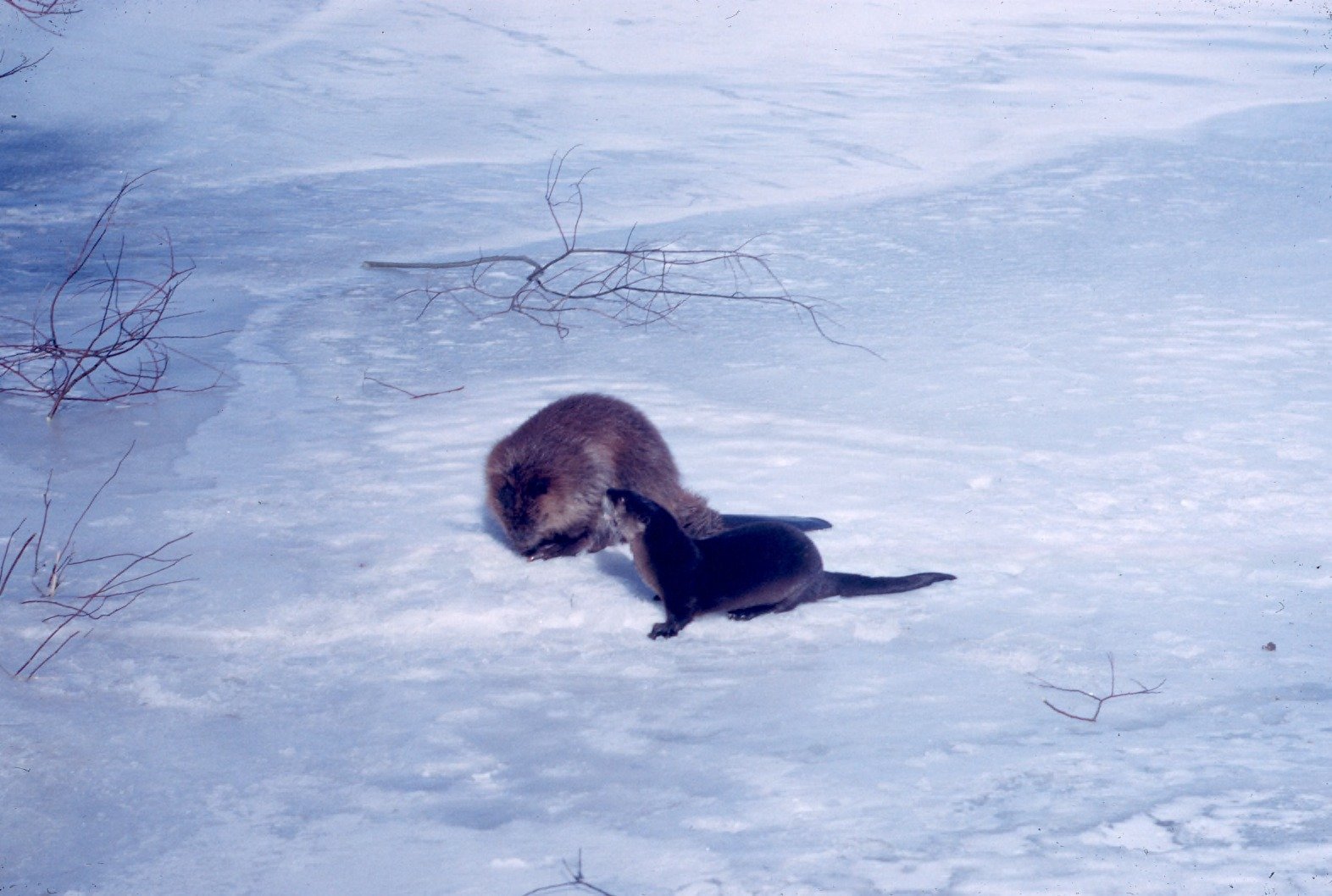
Otters remind us that intelligence isn’t just about test scores or big brains. It’s about being curious, playful, and willing to try new things. Their lives are proof that creativity and community can thrive in the wild, offering hope and inspiration in a world that needs both. Otters are not just survivors—they’re teachers, innovators, and a living testament to the wonders of animal minds.


